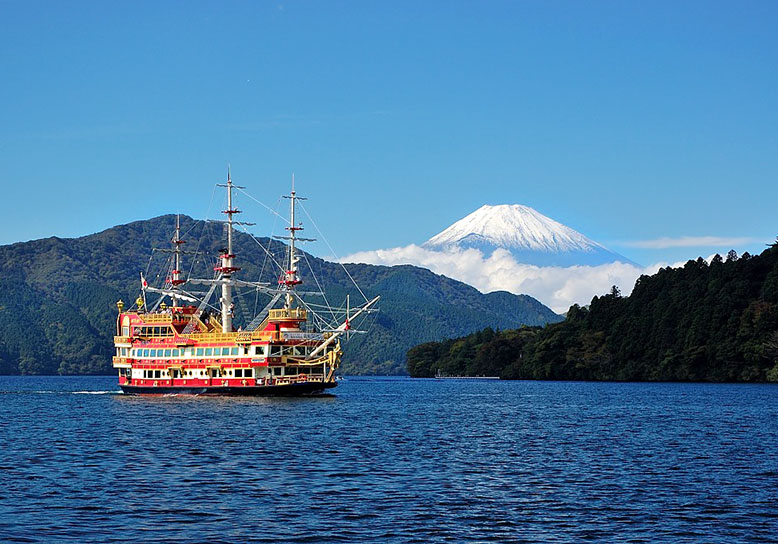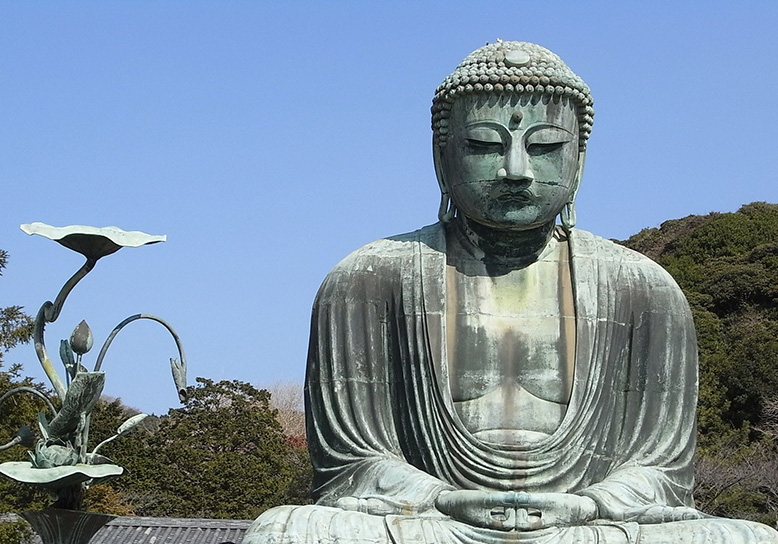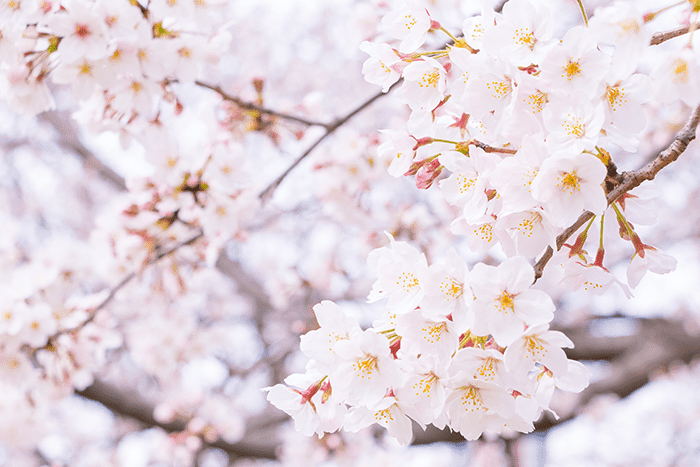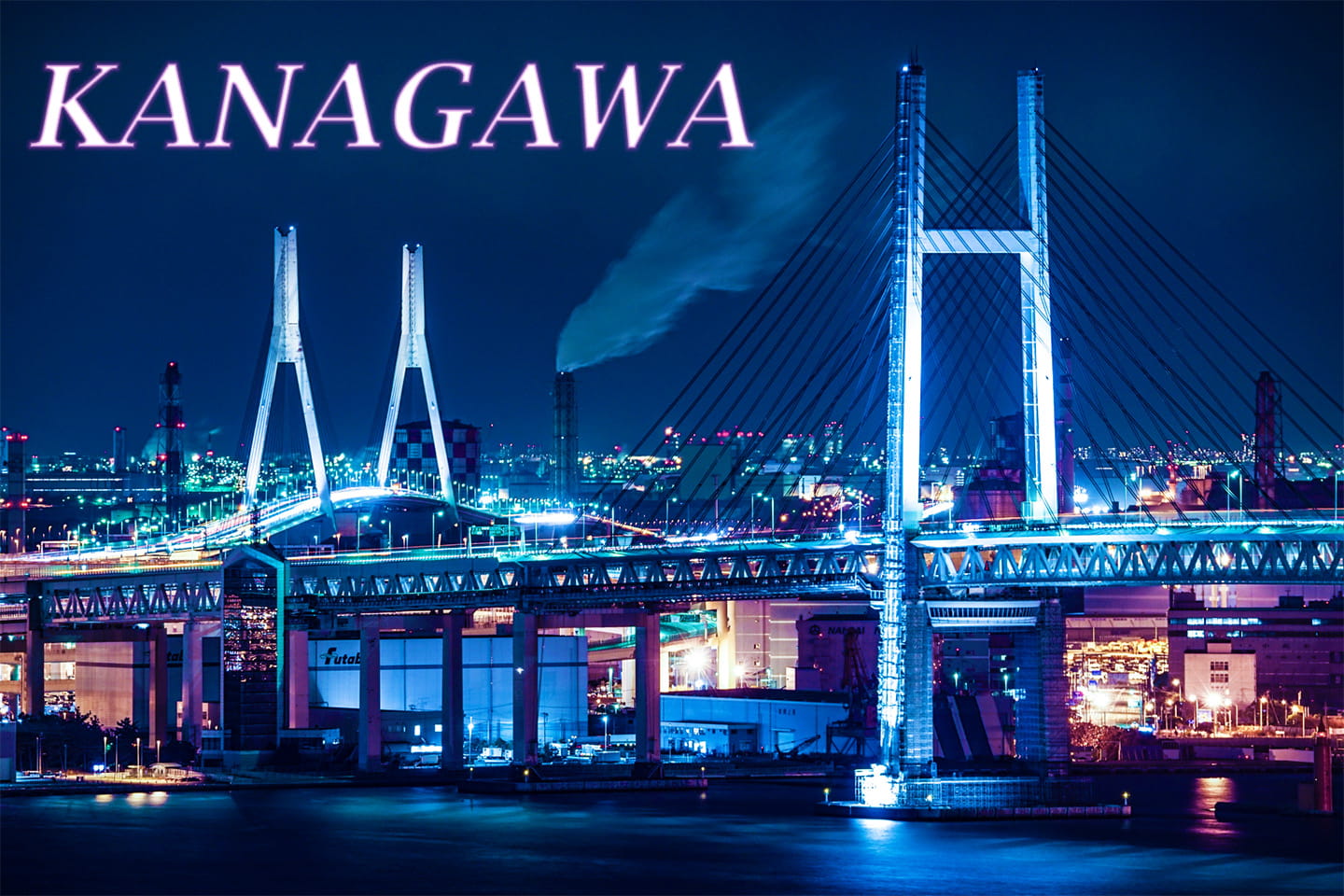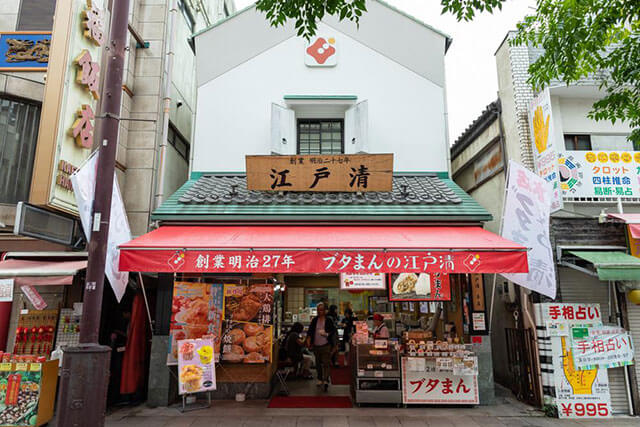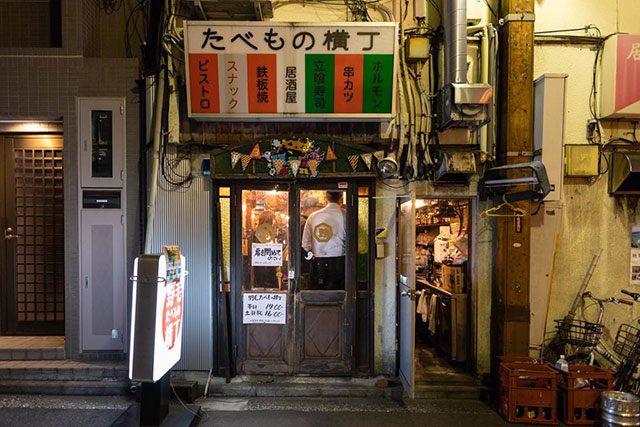
-
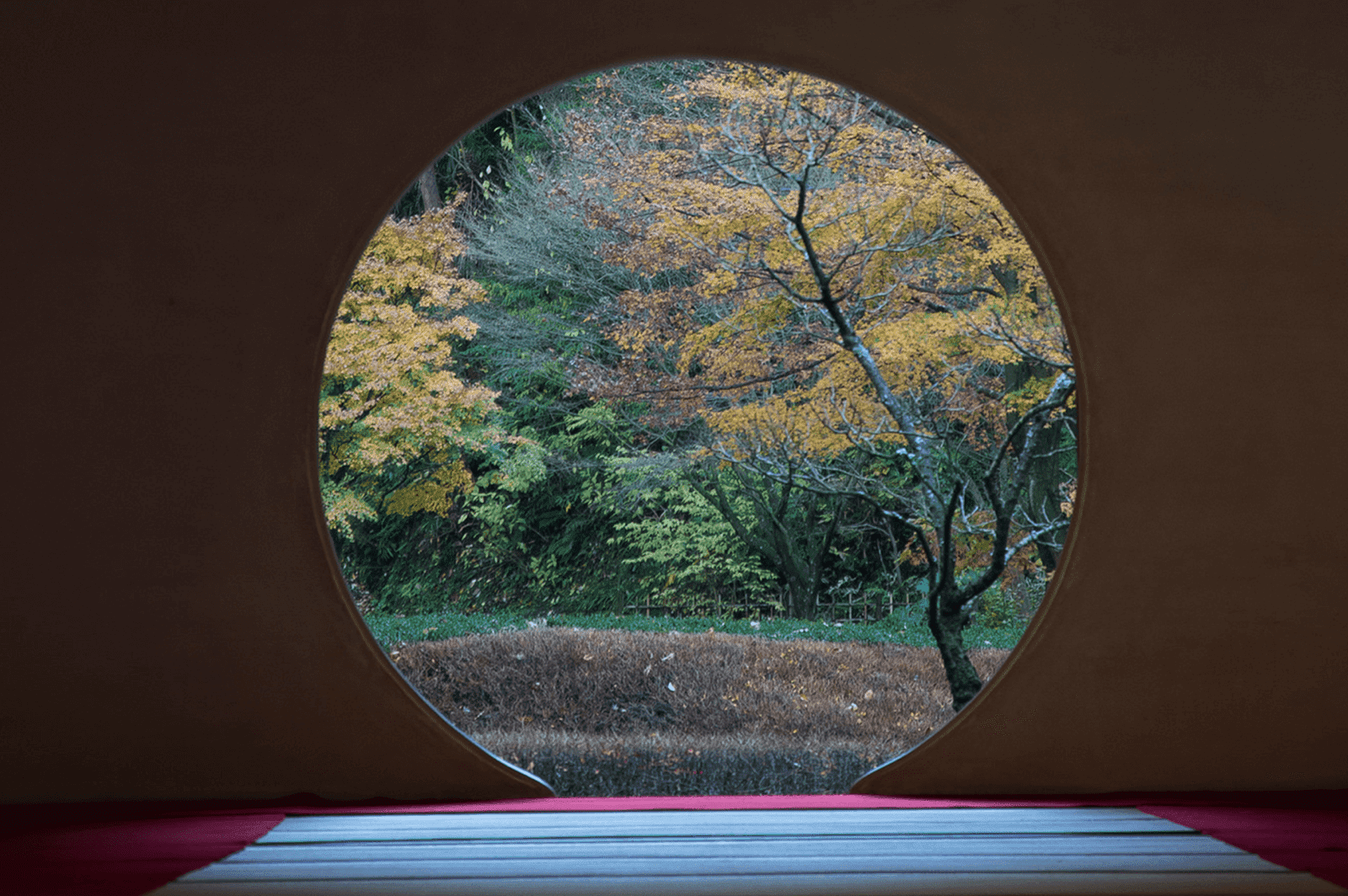
-
 Kotoku-in Temple (Kamakura Daibutsu)
Kotoku-in Temple (Kamakura Daibutsu)
-
 Yokohama Hakkeijima Sea Paradise
Yokohama Hakkeijima Sea Paradise
-
 Enoshima
Enoshima
-
 Hasedera Temple
Hasedera Temple
-
 Tsurugaoka Hachimangu
Tsurugaoka Hachimangu
-
 Osanbashi Yokohama International Passenger Terminal
Osanbashi Yokohama International Passenger Terminal
-
Sankeien Garden
-
 Shin-Yokohama Raumen Museum
Shin-Yokohama Raumen Museum
-
 Fujiko F Fujio Museum
Fujiko F Fujio Museum
-
 Yokohama Chinatown
Yokohama Chinatown
-
 7 Best Hidden Spots to See Sakura Cherry Blossoms in and around Tokyo
7 Best Hidden Spots to See Sakura Cherry Blossoms in and around Tokyo
-
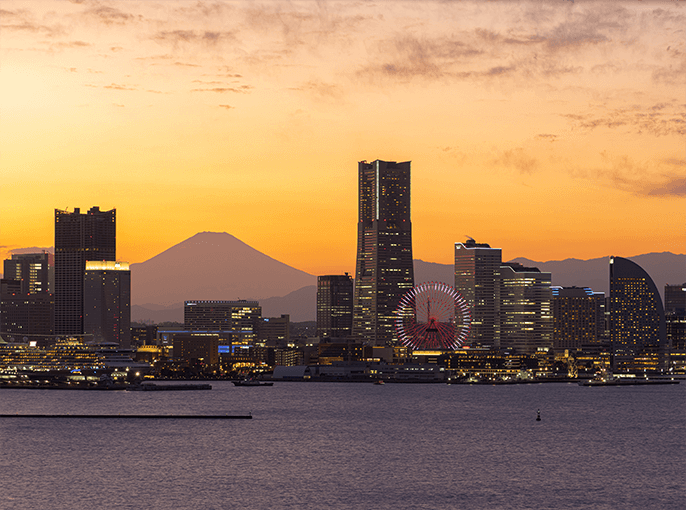 Exploring Minato Mirai and its surroundings in Yokohama
Exploring Minato Mirai and its surroundings in Yokohama
-
 Mount Takatori: From Medieval Tombs to Modern Buddhist Sculpture
Mount Takatori: From Medieval Tombs to Modern Buddhist Sculpture

Areas

What is Kanagawa?
Kanagawa prefecture acts as an extension of the Tokyo metropolis that spills over into coastal towns, most notably Yokohama city, heavily populated and known for its Chinatown and seaside attractions. Just the right distance for a day trip out of Tokyo, Kanagawa is home to some of Tokyo’s most accessible beaches, including around Kamakura, best known for its Big Buddha. Visitors can also travel a little farther afield for a weekend at Hakone onsen town.
Spot Ranking
View more
Itineraries
-
- yokohama GUNDAM
![yokohama GUNDAM]()
- 1days
-
- A luxurious weekend plan in Hakone
![A luxurious weekend plan in Hakone]()
- 1days
- Introducing a one day plan to explore the sights, starting at and returning to “Hakone Yumoto Station”. It is a Hakone journey packed with fun: from cuisine to hot springs that even first time visitors to Hakone can enjoy. Enjoy visiting various sightseeing spots.
-
- A sightseeing plan from Enoshima to Kamakura via the scenic Enoden Train
![A sightseeing plan from Enoshima to Kamakura via the scenic Enoden Train]()
- 1days
- This is an introduction of a one day trip plan using the Enoden Railway one day ticket. Visitors should be able to discover the new face of the town travelling around the picturesque scenery on the coast between Enoshima and Kamakura using the “Noriorikun” ticket which costs 600 yen for adults and 300 yen for children.
- Create your own itinerary
Travel Guide
View more-
- 7 Best Hidden Spots to See Sakura Cherry Blossoms in and around Tokyo

- 2024.02.11
-
- Exploring Minato Mirai and its surroundings in Yokohama

- 2023.11.27
-
- Mount Takatori: From Medieval Tombs to Modern Buddhist Sculpture

- 2023.10.30
-
- Let’s Go: Seeing Mt. Fuji from Tokyo and a Few Nearby Areas
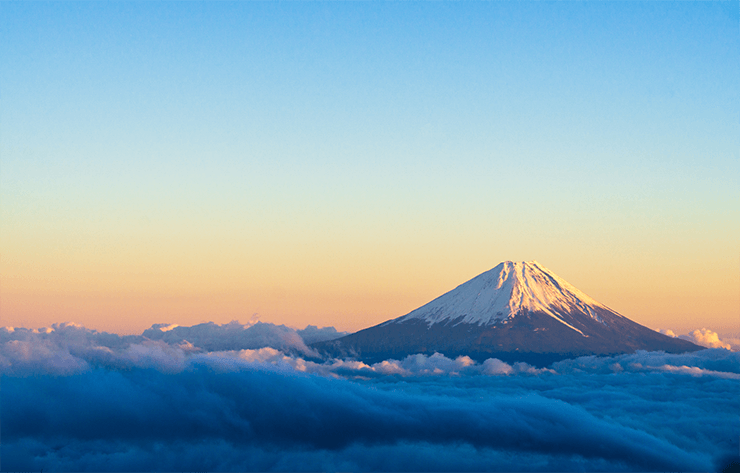
- 2023.10.25
-
- Unmissable Autumn Leaf-viewing spots in Japan
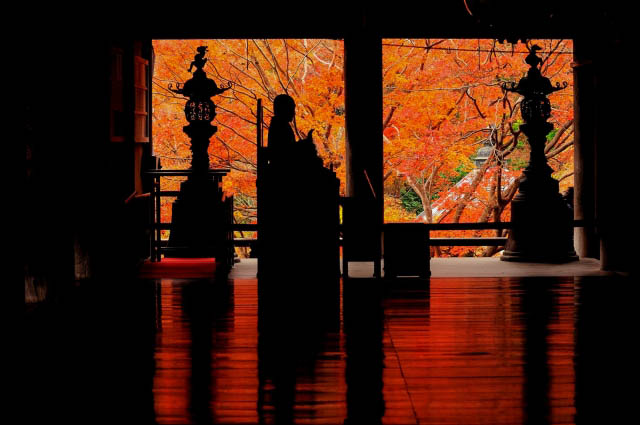
- 2023.09.22
Best Events
Kanagawa Overviews
Climate
What to Wear
- Jan
-

- Warm Cloth
- Feb
-

- Warm Cloth
- Mar
-

- Jacket
- Apr
-

- Jacket
- May
-

- Long
- Jun
-

- Long
- Jul
-

- Short
- Aug
-

- Short
- Sep
-

- Long
- Oct
-

- Long
- Nov
-

- Jacket
- Dec
-

- Jacket
Based on the Meteorological Agency "past weather data", created NAVITIME























